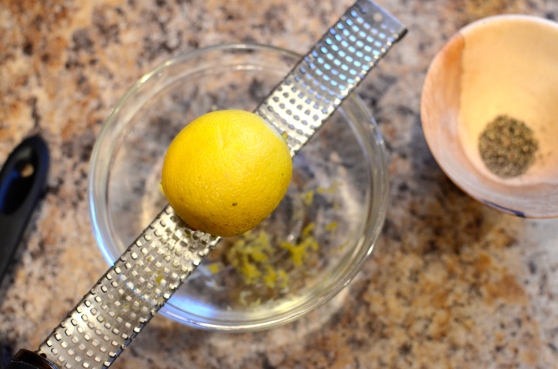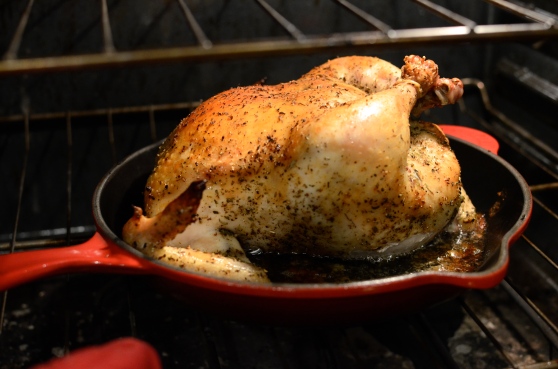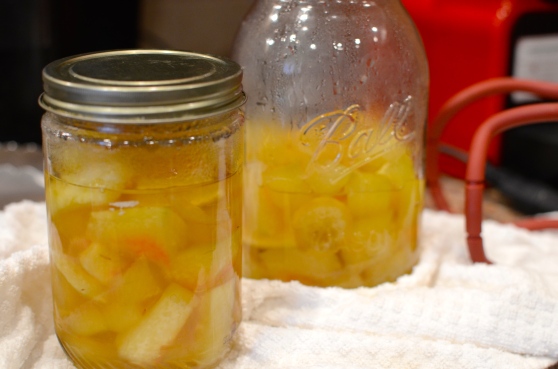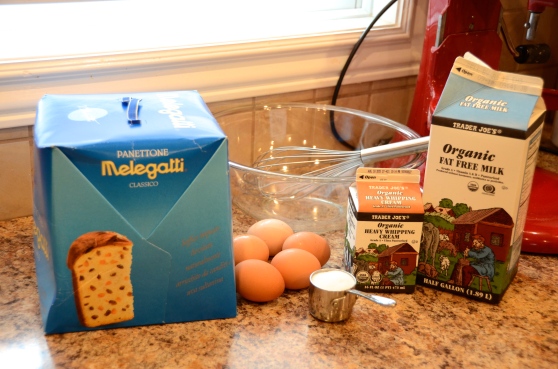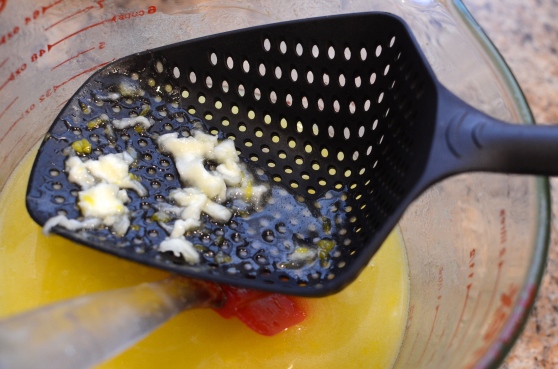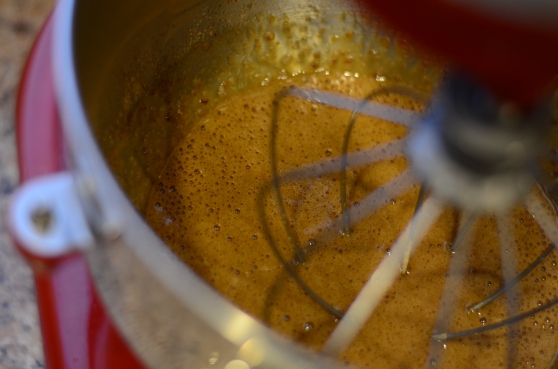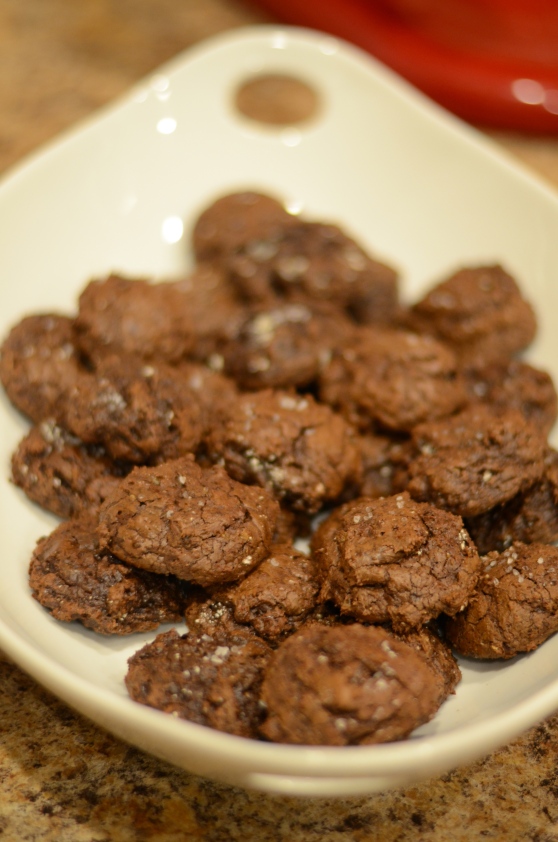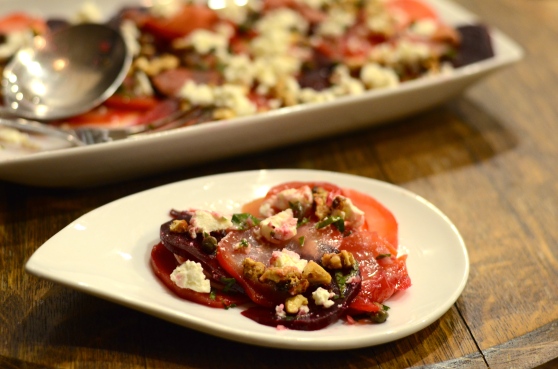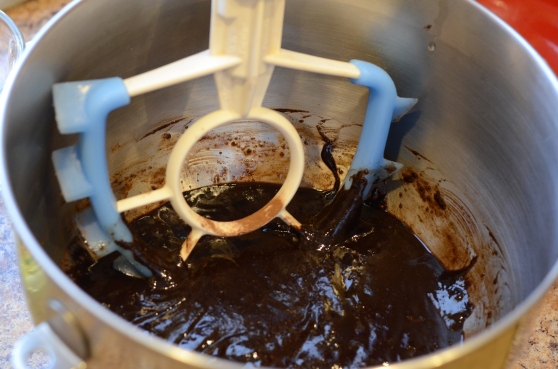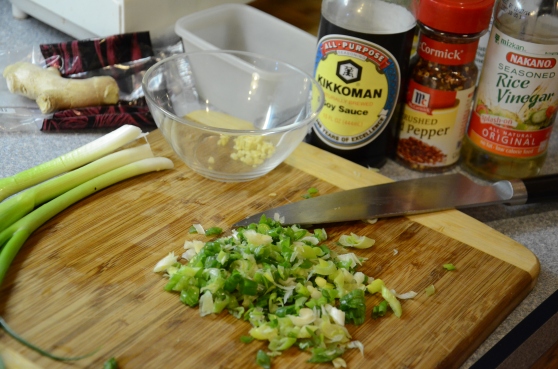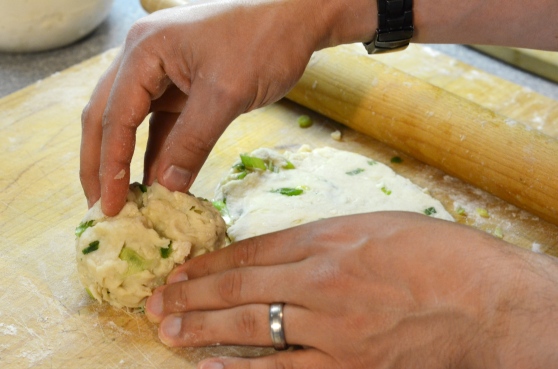
What does one do at 39 weeks pregnant, during a heat wave, after accepting an invitation to visit friends who are barbecuing food, and after agreeing to bring dessert? How about baking something that requires having the oven on for about an hour? And not only that, but why not try halving the recipe so that it is the same amount of work but half the delicious output?
Oh, just me? Perhaps I wasn’t thinking clearly. Let me explain. I was trying to come up with a refreshing dessert other than frozen treats, which I fully intended to incorporate in the day anyway, and lemon came to mind. I knew I had a lemon that needed to be used soon. And then when leafing through my saved magazine recipes, I found this recipe for lemon cheesecake bars made with cream cheese–and I knew I had cream cheese! But that was a leftover from another recipe- I only had half of the full block the recipe called for.
So I adapted. And we savored the fewer servings that resulted. My cooking activities aren’t about making specific or required amounts of food anyway. I’ve been finding the activity of cooking and baking wonderfully distracting lately as I carry around an extra human being. In fact, I’m considering what I might cook when I start early labor….
Lemon Cheesecake Bars
Adapted fromCooking Light Magazine
I am sharing with you my version with the recipe cut in half, but I expect you may want to make a full batch.
Crust:
2 ounces whole-wheat pastry flour (about 1/2 Cup)
1/6 Cup sliced, toasted almonds
1.5 Tablespoons powdered or confectioner’s sugar
1/2 Tablespoon vegetable oil
1/8 teaspoon kosher salt
2 Tablespoons butter, cut into small pieces and chilled
Cooking spray
Filling:
6 Tablespoons Greek yogurt (I used 2%)
1.3 ounces or about 1/6 Cup sugar
1/2 Tablespoon grated or zested lemon rind (about 1 large lemon’s worth)
3 overflowing Tablespoons fresh lemon juice (from about 1/2 a large lemon)
1/2 teaspoon vanilla extract
1/8 teaspoon kosher salt
4 ounces (1/2 package) less-fat cream cheese
2 large eggs

Another reason why it’s not that big of a deal that I was making only half the recipe: it’s the type of recipe that allows me to incorporate a number of my favorite shortcuts and conveniences, like using the food processor for crusts and blending and measuring with a kitchen scale.
As I alluded to in the introduction, however, be prepared for the multi-part process of pre-baking the crust, baking the filling, and allowing for chill time. No instant gratification with this one.
Preheat oven to 350°.
Prepare the crust: Cut butter into small pieces and place in freezer to thoroughly chill.

Measure and add flour, almonds, powdered sugar, oil, and salt to a food processor. Process until almonds are ground into small pieces.
Add butter to food processor; mix in pulses until the texture resembles a coarse meal.
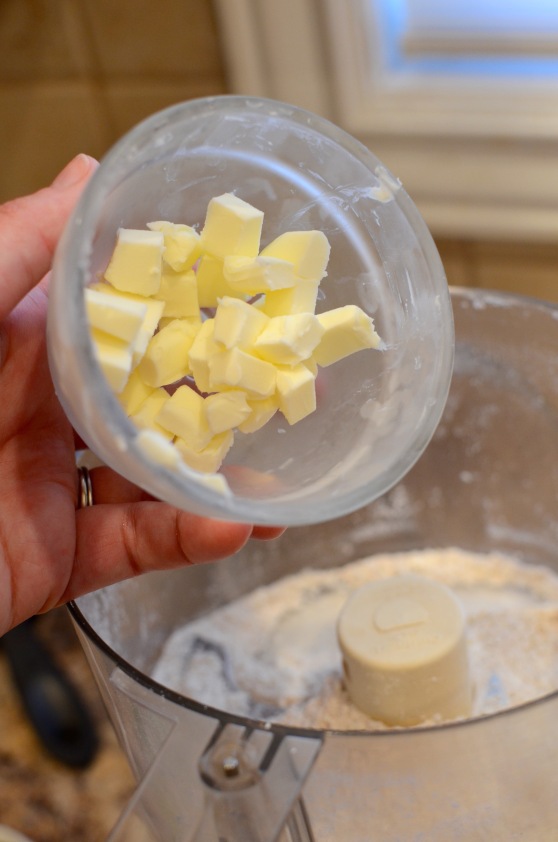
Spray small-medium glass baking dish with cooking spray (I calculated that my 8×8 glass storage container had a bit less  than half the area of the 11×17 dish the original recipe called for) and add crust mixture. Pat down gently into an even layer. Bake for about 23 minutes, until slightly browned. Allow to cool.
than half the area of the 11×17 dish the original recipe called for) and add crust mixture. Pat down gently into an even layer. Bake for about 23 minutes, until slightly browned. Allow to cool.
Reduce oven temperature to 325°.
Prepare the filling:
Clean out the food processor. Add all the ingredients except for the egg and process until smooth.

Add egg and blend together.

Pour mixture evenly over crust.

Place in 325°F oven for 30 minutes or until set. (check at 20 minutes, especially if your dish is larger so that your filling is spread more shallowly).
Cool completely on a rack or stovetop grate.

Cover and refrigerate until chilled. If desired (like in my case), accelerate the chilling with an ice water bath or some time in the freezer.
Cut into [small] pieces with a sharp knife and serve. Feel free to follow my example and serve on winter-themed plates, if that will help you to feel cooler (those are snowshoes peeking out from under the bar).

Both rich and refreshing!








